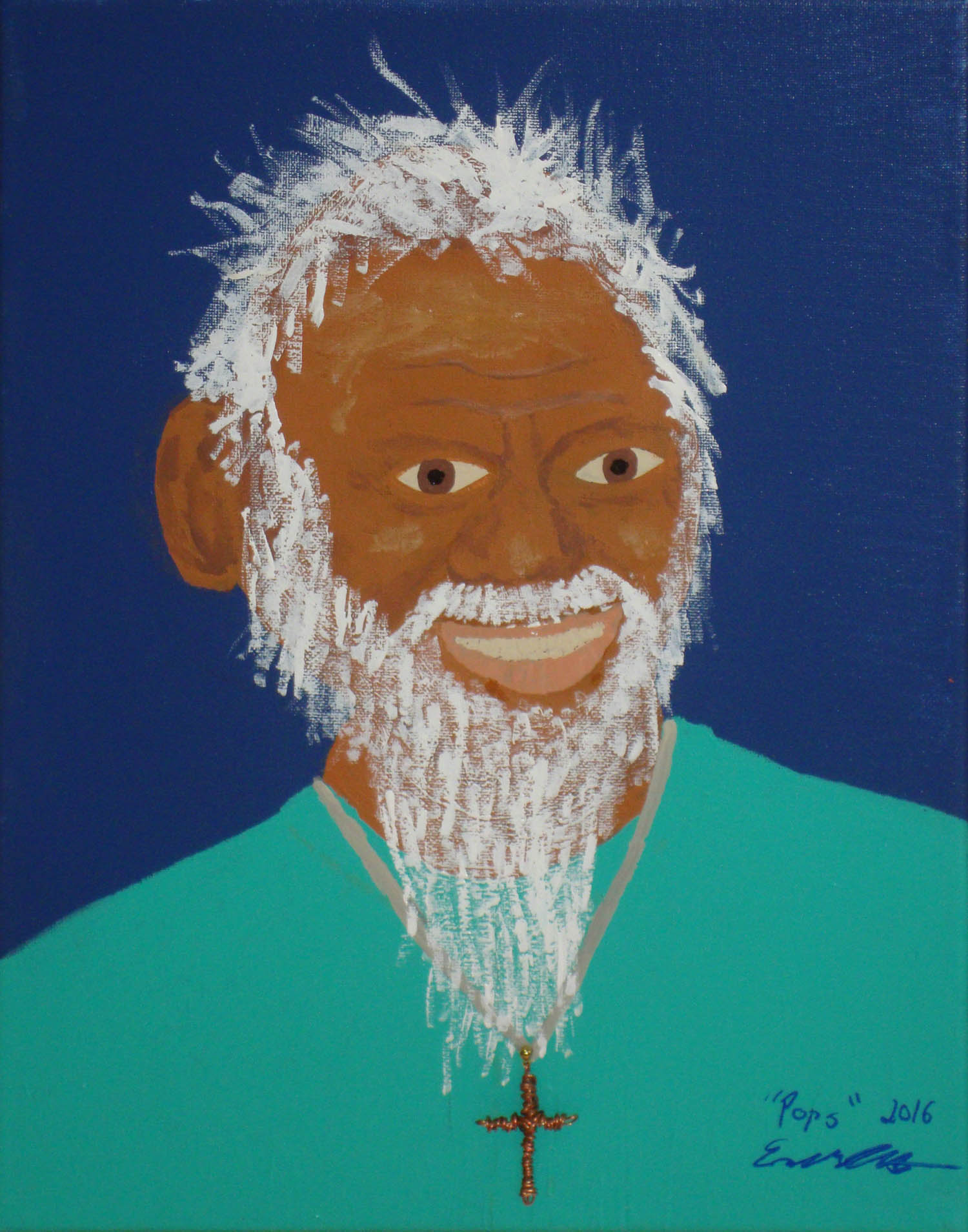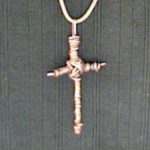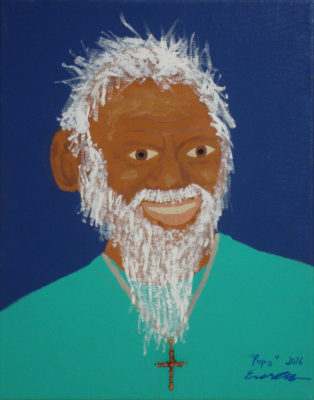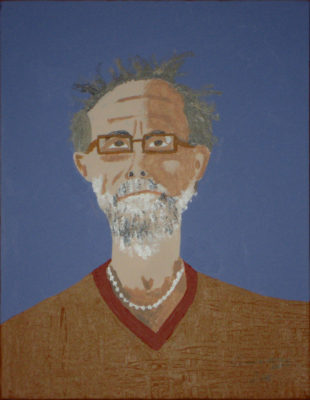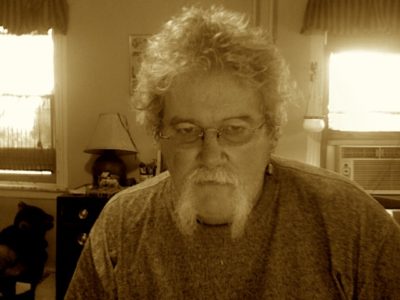 Yesterday I saw my neurologist and my primary care doctor. I see the neurologist for my migraines. My migraines cause strokes, so it is imperative that we do all we can do to prevent them or to stop them if they start. I am not one to just blindly follow doctors’ orders. My dad was a medical malpractice defense attorney. I was raised to take responsibility for my own health. My dad would regularly lecture us on how it was the medical profession’s fault that they were getting sued so badly, because they had been so arrogant for so long. They expected you to take their orders and prescriptions without question, as if they were gods. The problem was that created an expectation of infallibility. So honest mistakes and judgment calls now became malpractice with astronomical, punitive damages. That was the 1960s.
Yesterday I saw my neurologist and my primary care doctor. I see the neurologist for my migraines. My migraines cause strokes, so it is imperative that we do all we can do to prevent them or to stop them if they start. I am not one to just blindly follow doctors’ orders. My dad was a medical malpractice defense attorney. I was raised to take responsibility for my own health. My dad would regularly lecture us on how it was the medical profession’s fault that they were getting sued so badly, because they had been so arrogant for so long. They expected you to take their orders and prescriptions without question, as if they were gods. The problem was that created an expectation of infallibility. So honest mistakes and judgment calls now became malpractice with astronomical, punitive damages. That was the 1960s.
Needless to say, through the years my approach has raised the hackles on a few doctors. I simply explain to them my background and ask them if they would rather I trust them totally and implicitly, and if anything goes wrong, I will sue their pants off; or we can work as partners and friends. Yesterday demonstrated that I have stumbled upon some pretty amazing doctors. Of course, they have demonstrated this to me before this by their expertise and care. But yesterday they let me teach them.
At 11:30, I had my appointment with Dr. Cindy Wang, my neurologist. She is a delightful Chinese woman with a great sense of humor and a keen scientific mind. Computers frustrate her, though. (Of course, we all have days like that. I digress.) We had to cut back on the Verapamil, because I had started to react to it with hives. I had been up to 360mg morning and evening. I had tapered myself back to 90mg morning and evening. That took care of the hives, but the migraines came back. So we had increased the Topamax to 150mg morning and evening and inched the Verapamil back up to 180mg morning and evening with no ill effects. I still was having migraines more frequently than when on the higher dose of Verapamil. I wrote this just to give you some background.
We started the appointment with Cindy asking me how things are going. I told her that I had learned about ginger and had added it to my treatment routine and that it had helped tremendously. I told her about the studies that had been done that had shown that it was as effective as Imitrex for stopping migraines and was not contraindicated in people who had had strokes, like Imitrex is. It is also effective at preventing migraines. One of the studies was from the NIH. It is a very useful anti-inflammatory. She asked me how I took it. I told her I took two 650mg capsules per day as prevention and two at the onset of a migraine instead of the Ketoralac. She asked me if that worked. I said I was having far fewer migraines and when I did they were much milder. Rarely did I have to resort to Percocet or Ketoralac to stop a migraine anymore. She said, “You don’t just eat the ginger root? That capsule is not as natural.” She told me I should cut it up and put it in hot water with some brown sugar like they did for her when she was a girl, when she had a cold. It’s very good for colds. I told her that I really didn’t need the sugar and I do use fresh ginger, as well, in my cooking, but it’s not very convenient, as a twice daily thing. When I have a migraine starting I need to get it quickly; no time for all that prep work. She made a face and said it really tasted bad anyway, and grinned.
Then I told her that since we reduced the Verapamil, I hadn’t needed to get more Synvisc shots in my knees; that, perhaps, it was causing more inflammation for longer than we were realizing, and aggravating my arthritis. I said the ginger should help with that. I told her that I had also started turmeric, which is an even more powerful anti-inflammatory. she was not at all familiar with turmeric. It is related to ginger. It is another root spice. It gives mustard its yellow color and it is a main ingredient in most curries. Since I had already brought up my knees, I told Dr. Wang (rhymes with bong) about how I had started to take turmeric to ease the pain and inflammation in my spine. I also informed her of the study that had been done that showed that just 150mg of turmeric per day was more effective than 20mg of atorvastatin, Lipitor, in reducing bad cholesterol. She took notes and she thanked me. We moved on to the squeeze the fingers and tickle my feet part of the interview. We made sure my ‘script’s were all up to date. Then it was, “See you in four months.”
At 2:30pm, I saw Dr. Niccole Oswald, my primary care physician, concerning the excruciating, constant pain in my back that I have been experiencing since June. I told her about the ginger and the studies. She was very pleased to hear about that. She said she had a patient with heart disease that could not take Imitrex, so she did not have an effective way to treat her migraines. We discussed how to treat my back pain. The infection from October 2010 had eaten into my spine and damaged my vertebrae from T5 to T12. We don’t dare use steroid injections, since that could compromise my immune system and I am allergic to six classes of antibiotics. The choices were either a topical anesthetic cream or a topical patch. I then mentioned that I had been using turmeric to help manage the pain, since it is a good anti-inflammatory. I had started taking two 600mg capsules daily. She asked if it really helped. I told her that it took the edge off, but I was still hurting plenty. Then I broached the subject of stopping Lipitor. Atorvastatin has been known to increase the risk of type 2 diabetes (especially in women). A couple of its common side effects are headache and back pain. So it seems like it would be a good thing to eliminate this drug from my system. She was very agreeable to that and seemed to understand the science behind it. She said it takes four weeks for Lipitor to get out of your system. So she ordered blood tests for Oct. 22 to see how we are doing. I guess it is “trust but verify.” She also told me that turmeric is especially useful for treating arthritic psoriasis. We decided on the adhesive anesthetic patches. CVS just got them in this evening, so I will start using one tomorrow. Maybe I will be in less pain and less grumpy.
It was so refreshing to have doctors not only open to the idea of alternatives to pharmaceuticals, but pleased at the possibility and willing and happy to share it with others. I think maybe I should send them a bill for the seminar, though.
 I was released from the hospital late Thursday night, after six days to treat an infection in the suture line in my chest a month after open heart surgery. I got home close to midnight because we had to wait for the delivery of the wound vac, which the nurse then had to attach to my chest.
I was released from the hospital late Thursday night, after six days to treat an infection in the suture line in my chest a month after open heart surgery. I got home close to midnight because we had to wait for the delivery of the wound vac, which the nurse then had to attach to my chest. The tulip poplar sapling that was poisoned by something, survived and has put out new leaves. The Florida Tetrapetal St. John’s Wort has surprised us once again. It never comes up where I scatter its seeds, but we always manage to have some in our yard. (The birds have been kind.) We just had one blooming in front of the house. While I was in the hospital a couple popped up in our Monarch Garden in front of the back shed and one is peeking up through the ‘weeds’ on the wildflower hill on the other corner of the backyard.
The tulip poplar sapling that was poisoned by something, survived and has put out new leaves. The Florida Tetrapetal St. John’s Wort has surprised us once again. It never comes up where I scatter its seeds, but we always manage to have some in our yard. (The birds have been kind.) We just had one blooming in front of the house. While I was in the hospital a couple popped up in our Monarch Garden in front of the back shed and one is peeking up through the ‘weeds’ on the wildflower hill on the other corner of the backyard.










